In urban public schools, many students and their families are living with severe economic disadvantages. There is more than 68% of students receiving free or reduced lunch in high-poverty public schools. The conversations about the increased challenges facing students in these areas need to focus on the fact that these students’ families are at or near the federal poverty level. Education is said to be the pathway to the middle class for those struggling to escape poverty. But, how can this be true if its education is lacking?
Talks on the importance of STEM careers has become increasingly apparent in the last few years. Major companies look for those with a strong background in these fields yet science classes in high-poverty high schools are three times as likely to be taught by a non science teacher than that in low-poverty schools. This alone shows the lack of quality education being given.
Aside from non-math teachers teaching said courses, there are other factors to take into consideration. Issues like outdated books and computers, low or nonexistent lab supplies and much more are key reasons why these high-poverty public schools are staying this way. These conditions that students and teachers have to work with prove to be detrimental to their learning curve.
When schools provide the correct academic support and appropriate resources students have the chance to explore their own intellectual abilities. Stress factors like poor structural conditions prove to undermine students’ abilities to concentrate on their education. It is understandable that the funding in these areas may be short but simple and small things like involving the community and students to help create a comfortable and safe environment in their schools really help to increase their desire to learn. It is all about getting the tools you are given and making the best out of it.
There is no denying that much work needs to be done to give them a real fighting chance to progress. Workshops like those of the Manifezt Foundation are working hard to bring STEM education to these areas. These organizations are the start to a long process of restructuring and transformation in rural low-income areas.





